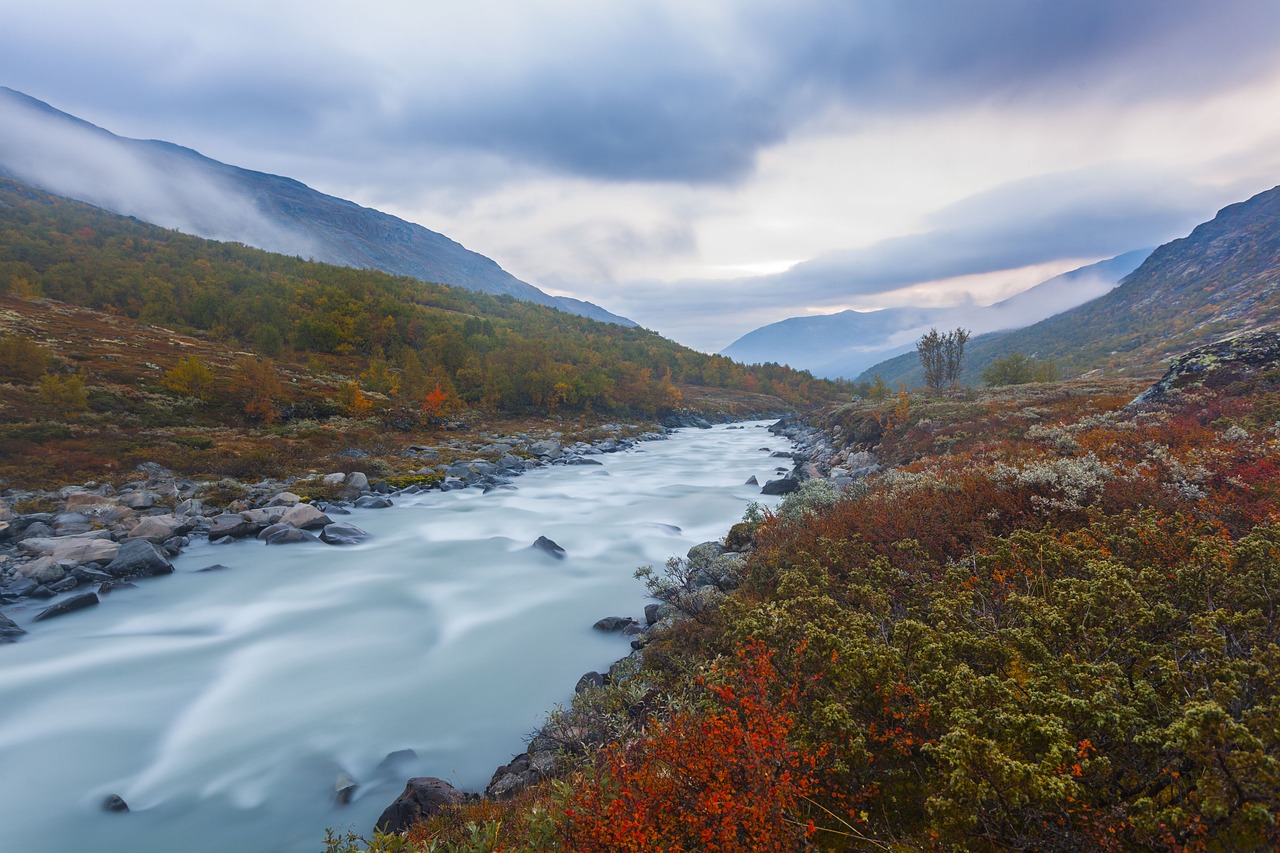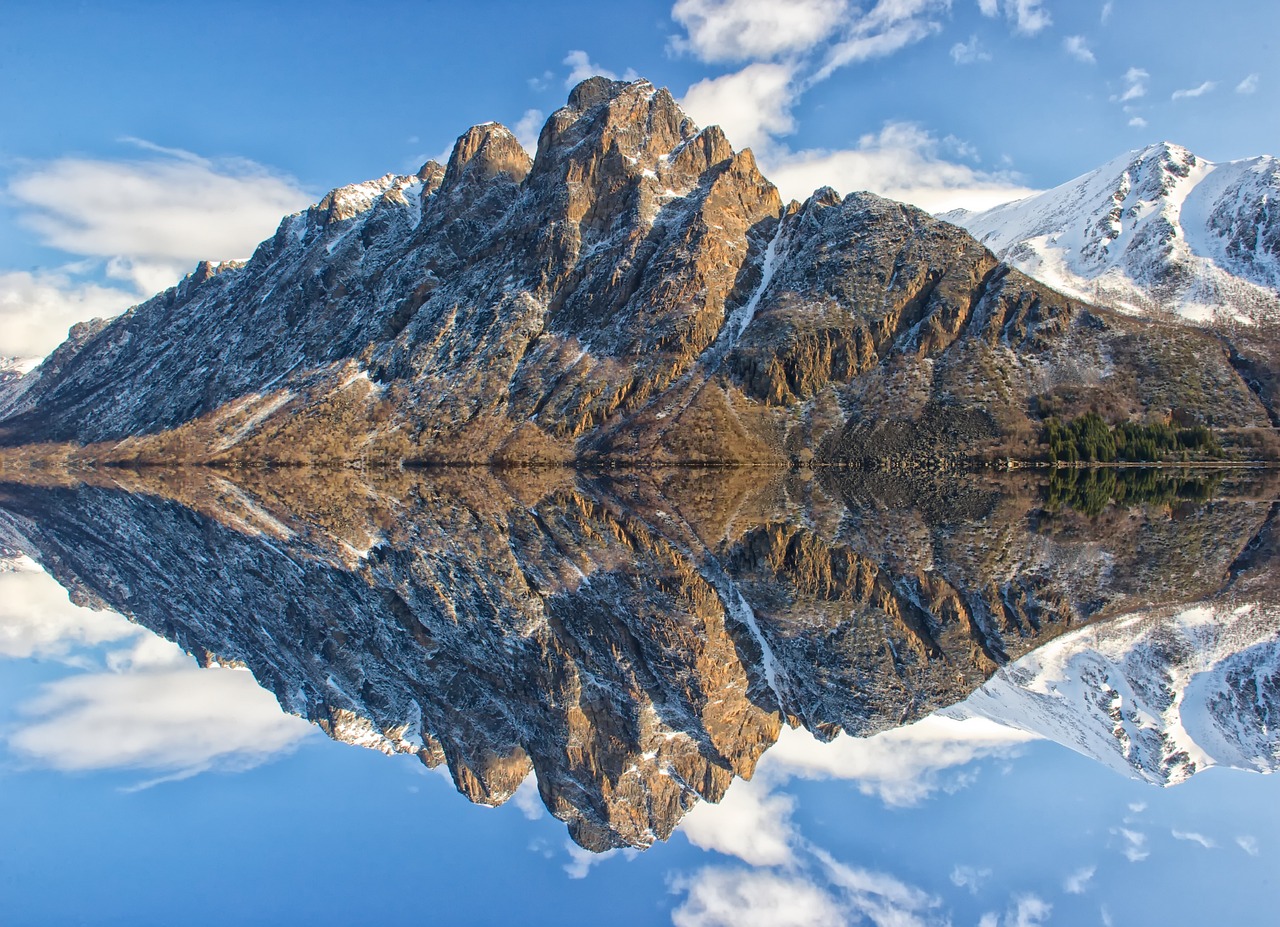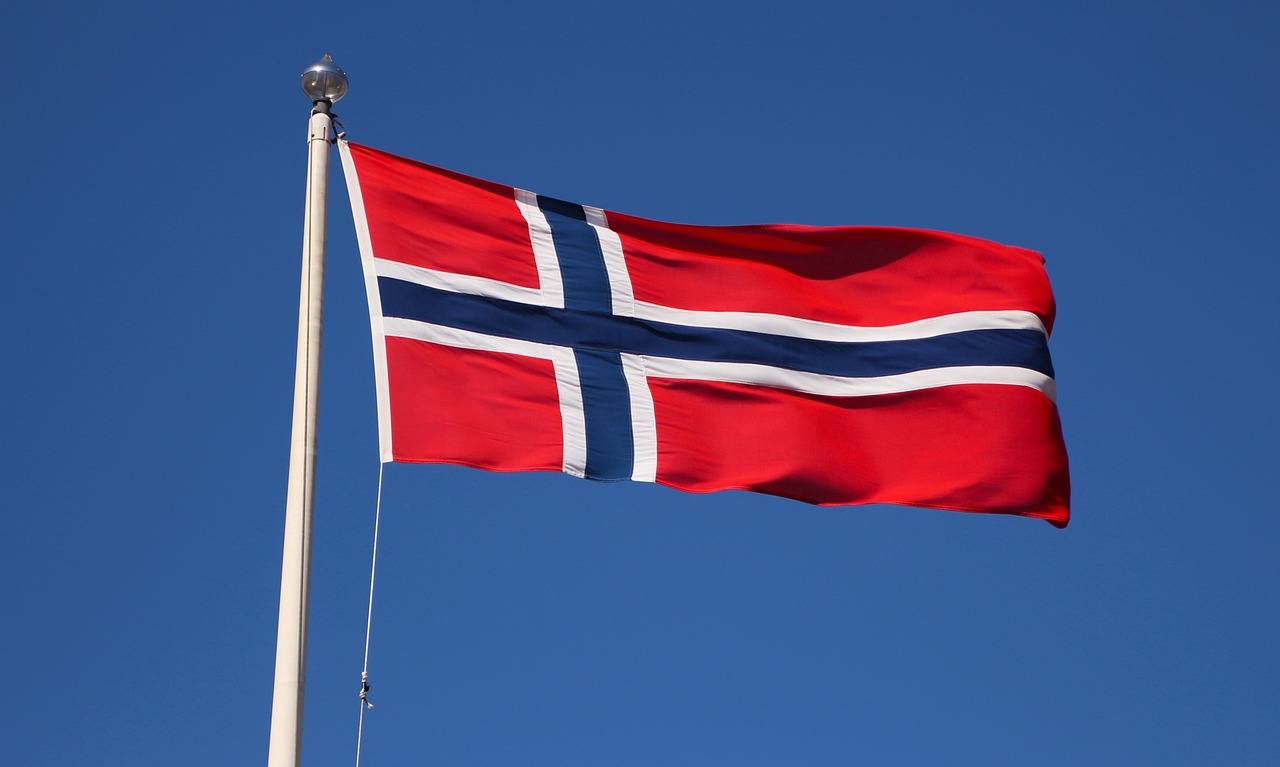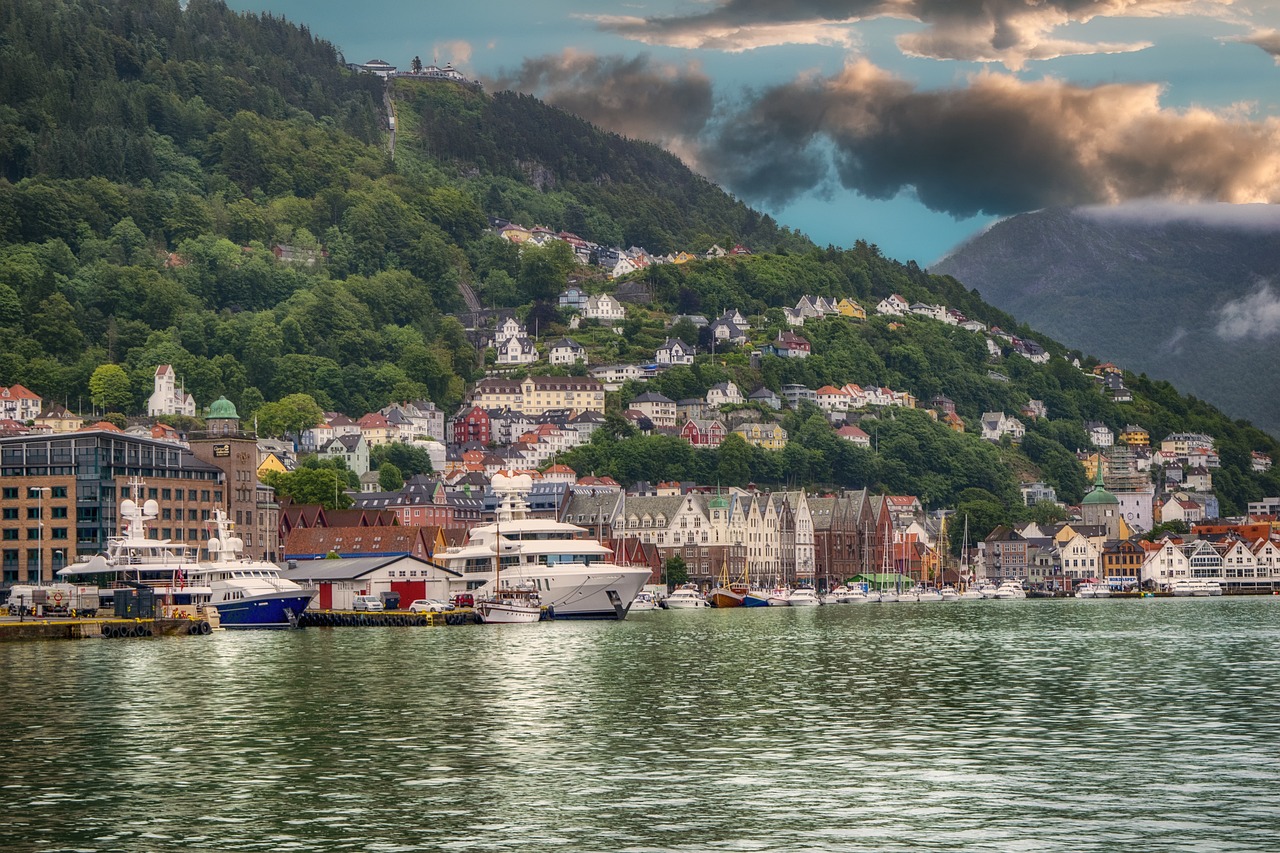Local Celebrations and Holidays: What to Expect in Norway
Norway is a country known for its rich cultural heritage and vibrant celebrations. From traditional festivals to public holidays, Norwegians take great pride in their local traditions. This article will provide you with a detailed overview of the various celebrations and holidays you can expect to experience in Norway.
Midsummer’s Eve
Midsummer’s Eve, also known as St. John’s Eve, is a popular celebration in Norway. It takes place on the night of June 23rd and is marked with bonfires, music, and dancing. Norwegians gather around the bonfires, sing traditional songs, and enjoy the long summer nights. It is a time for people to come together and celebrate the arrival of summer.
- Bonfires: Bonfires are an integral part of the Midsummer’s Eve celebration. They are lit at dusk and serve as a focal point for the festivities. People gather around the bonfires to socialize, sing songs, and enjoy the warmth of the fire.
- Traditional Songs: Norwegians sing traditional songs called “sangleker” during Midsummer’s Eve. These songs are often accompanied by dance and are passed down through generations.
- Flower Crowns: It is common for women and girls to wear flower crowns during the Midsummer’s Eve celebration. These crowns are made with fresh flowers and symbolize the beauty and abundance of summer.
- Outdoor Activities: Midsummer’s Eve is a time when Norwegians embrace the outdoors. It is common to see people engaging in activities such as hiking, fishing, and camping during this holiday.
National Day
Norway’s National Day, also known as Constitution Day, is celebrated on May 17th each year. It is a day of national pride and commemorates the signing of the Norwegian Constitution in 1814. The streets are filled with parades, music, and festivities, as Norwegians come together to celebrate their independence.
- Parades: The highlight of Norway’s National Day is the parades that take place in cities and towns across the country. Children, dressed in traditional costumes called “bunads,” march in the parades, waving flags and singing patriotic songs.
- Traditional Food: Norwegians indulge in traditional food on National Day. One of the most popular dishes is “pølse i lompe,” which is a hot dog wrapped in a potato pancake. Other traditional treats include ice cream, waffles, and cakes.
- Speeches: Politicians, community leaders, and school children deliver speeches on National Day. These speeches reflect on the importance of democracy, unity, and freedom.
- Red, White, and Blue: Norwegians wear red, white, and blue clothing on National Day to show their patriotism. The colors represent the Norwegian flag and are proudly displayed throughout the celebrations.
Christmas
Christmas is a magical time in Norway, filled with traditions and festivities. Norwegians start preparing for Christmas early in December, and the celebrations continue until the end of December.
- Advent: Norwegians mark the four Sundays leading up to Christmas with the lighting of advent candles. Each Sunday, a new candle is lit, symbolizing the anticipation of Christ’s birth.
- Decorations: Norwegians take great pride in decorating their homes for Christmas. They often use traditional decorations such as straw ornaments, candles, and red hearts known as “julehjerter.”
- Traditional Food: Christmas in Norway is synonymous with delicious food. Some traditional dishes include “ribbe” (roast pork belly), “lutefisk” (dried fish), and “pinnekjøtt” (salted and dried lamb ribs).
- Julenisse: The Julenisse is the Norwegian version of Santa Claus. He is often depicted as a gnome-like figure who brings gifts to children on Christmas Eve.
Easter
Easter is another important holiday in Norway, celebrated with various traditions and customs. It is a time for Norwegians to welcome the arrival of spring and celebrate the resurrection of Jesus Christ.
- Decorating Easter Eggs: Norwegians decorate eggs using various techniques such as painting, dyeing, and wax-resist. These eggs are often displayed as decorations or used in Easter egg hunts.
- Outdoor Activities: Easter is a popular time for Norwegians to engage in outdoor activities such as skiing and hiking. Many families take advantage of the holiday to spend time in nature.
- Påskekrim: “Påskekrim” refers to the tradition of reading crime novels during Easter. It has become a popular pastime for many Norwegians, who enjoy curling up with a thrilling book during the holiday.
- Easter Sunday Church Service: Norwegians attend church services on Easter Sunday to celebrate the resurrection of Jesus Christ. These services often include hymns, prayers, and reflections on the significance of Easter.
Image 1:

St. Olav’s Day
St. Olav’s Day, celebrated on July 29th, is a religious holiday in Norway. It commemorates the life and death of St. Olav, the patron saint of Norway. The day is marked with church services, processions, and cultural events.
- Church Services: On St. Olav’s Day, Norwegians attend church services to honor St. Olav. These services include prayers, hymns, and readings from the Bible.
- Processions: Processions are held in various cities and towns across Norway on St. Olav’s Day. Participants walk through the streets, carrying banners and statues of St. Olav.
- Cultural Events: Cultural events such as concerts, exhibitions, and historical reenactments take place on St. Olav’s Day. These events showcase Norwegian traditions and celebrate the country’s cultural heritage.
- Pilgrimages: Some Norwegians undertake pilgrimages to Trondheim, where St. Olav’s body is believed to be buried. These pilgrimages are a way to honor St. Olav and connect with their faith.
Image 2:

Constitution Day of Sami People
The Constitution Day of Sami People, also known as Sámi National Day, is celebrated on February 6th. It is a day dedicated to the indigenous Sami people of Norway, Sweden, Finland, and Russia. The celebrations include cultural events, reindeer races, and traditional music.
- Cultural Events: Cultural events showcasing Sami traditions, crafts, and music are held on the Constitution Day of Sami People. These events provide an opportunity to learn about the rich cultural heritage of the Sami people.
- Reindeer Races: Reindeer races are a popular activity during the celebrations. Sami people showcase their skills in handling reindeer and compete in races to demonstrate their expertise.
- Traditional Music: Traditional Sami music, known as “joik,” is an integral part of the celebrations. Joiks are unique songs that express personal emotions and experiences.
- Traditional Attire: Many Sami people wear traditional clothing, known as “gákti,” during the celebrations. These colorful and intricately designed outfits represent different Sami regions and families.
Image 3:

Conclusion
Norway is a country that values its traditions and celebrates them with enthusiasm. From Midsummer’s Eve to Christmas, Norwegians take pride in their local celebrations and holidays. Whether you’re attending a bonfire on Midsummer’s Eve or joining a parade on National Day, you can expect to be immersed in the rich cultural heritage of Norway. Make sure to experience the unique traditions and festivities during your visit to this beautiful country.
References
– Visit Norway: visitnorway.com
– The Royal House of Norway: kongehuset.no
– Norwegian Constitution: stortinget.no
– Sami National Day: sametinget.no

